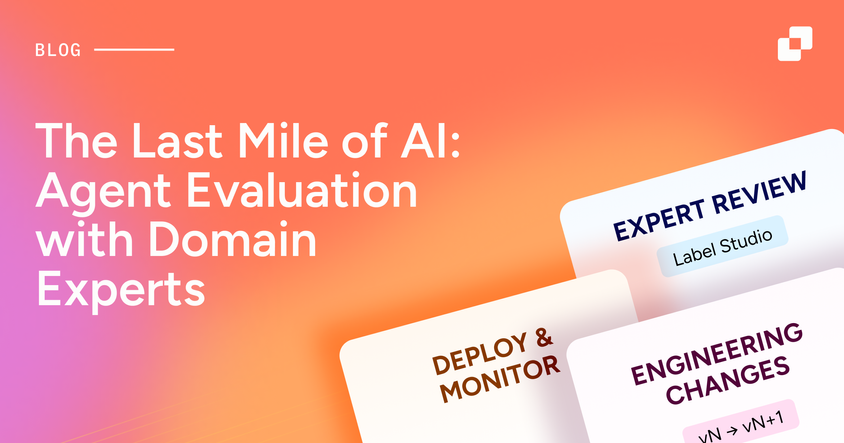How Model Context Protocol Connects LLMs to the Real World

The latest In the Loop episode breaks down the Model Context Protocol (MCP), an open sourced standard introduced by Anthropic in November 2024. MCP is designed to solve a critical problem in applied AI: how to connect large language models (LLMs) to real-world tools and private data in a way that allows them not just to analyze information, but to act on it.
What Model Context Protocol (MCP) Enables
At a high level, MCP allows LLMs to interact with external tools, APIs, and data sources through a standardized client-server protocol. Most LLMs today are trained on public data and cannot access proprietary or real-time information. They also cannot take actions on behalf of a user. MCP addresses both challenges.
By defining a common structure for input and output between models and systems, MCP gives models both the context and control they need to operate in more complex environments. This structure allows LLMs to fetch relevant data and trigger specific actions, all within a unified interface.
MCP Architecture
MCP follows a client-server model with three key components:
- MCP Host: The interface where interactions take place. Examples include development environments like Cursor or Claude Desktop. The host coordinates the model’s interaction with tools.
- MCP Clients: These establish one-to-one connections between the host and individual servers. They maintain the communication pipeline.
- MCP Servers: These expose specific functionality, such as access to files, APIs, or other tools. Servers use MCP standard to ensure compatibility.
Key Building Blocks: Prompts, Resources, and Tools
MCP standardizes three core primitives that power the connection between models and external systems:
- Prompts: Templates or instructions that define how the model should respond. These are user-controlled and guide the LLM’s behavior.
- Resources: Contextual data such as file contents or version history. These are managed by the client and serve as read-only inputs, similar to GET requests in REST APIs.
- Tools: Executable functions like writing a file or making an API call. These are model-controlled and act like POST requests.
This combination of structured inputs and callable tools gives LLMs the ability to reason and act in more sophisticated ways.
Eliminating Redundant Work
Before MCP, every new tool integration often meant rebuilding logic from scratch. These custom implementations were difficult to reuse and rarely worked across different environments. MCP eliminates that duplication by offering a reusable, modular system. It also addresses the "N times M" problem, where multiple client applications had to be integrated separately with multiple servers. With MCP, tools and models can interact through a single, shared protocol.
Getting Started
Anthropic has released SDKs in multiple programming languages to help developers create MCP-compatible servers. The Python SDK allows users to define prompts, resources, and tools using simple decorators, making it faster to spin up a server with minimal boilerplate code.
This In the Loop episode walks through each of these components, explains how they work together, and includes real-world examples of how developers are using MCP to make LLMs more useful in production environments.
Watch the full episode here:


